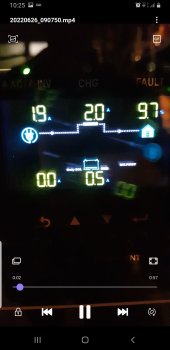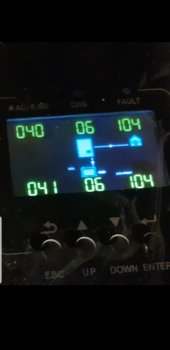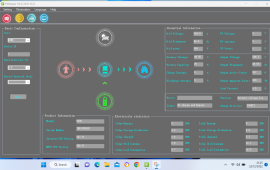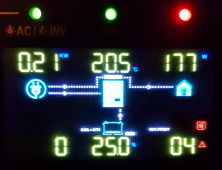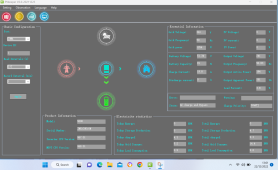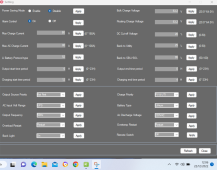Hi,
Can someone please explain how the "AC bypass" mode operates on the SPF 5000 ES inverter? There is very little information about this in the user manual. I am currently running my inverter in SUB mode without a battery.
When the AC bypass mode is enabled is it possible to power the output loads at greater than 5KW (ie. as in grid-tied feed-in tariff inverters)?
Or is the power output during AC bypass mode limited to 5KW as well, the same as the inverter output limit? (ie. does the "AC bypass" essentially just provide alternate input power to the inverter from the grid when the solar PV input is low or insufficient, which means that the inverter is not really bypassed?)
Thanks for your help.
Can someone please explain how the "AC bypass" mode operates on the SPF 5000 ES inverter? There is very little information about this in the user manual. I am currently running my inverter in SUB mode without a battery.
When the AC bypass mode is enabled is it possible to power the output loads at greater than 5KW (ie. as in grid-tied feed-in tariff inverters)?
Or is the power output during AC bypass mode limited to 5KW as well, the same as the inverter output limit? (ie. does the "AC bypass" essentially just provide alternate input power to the inverter from the grid when the solar PV input is low or insufficient, which means that the inverter is not really bypassed?)
Thanks for your help.



